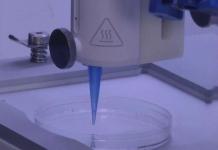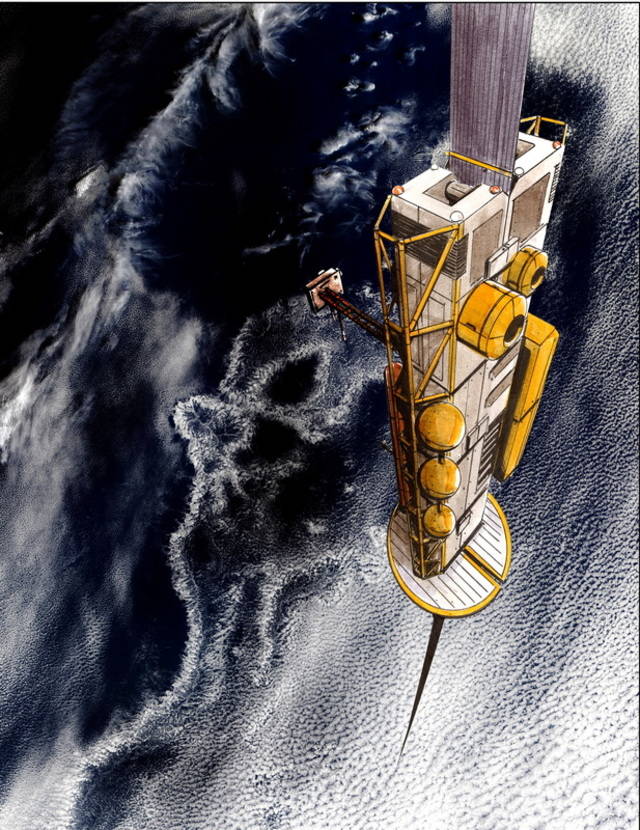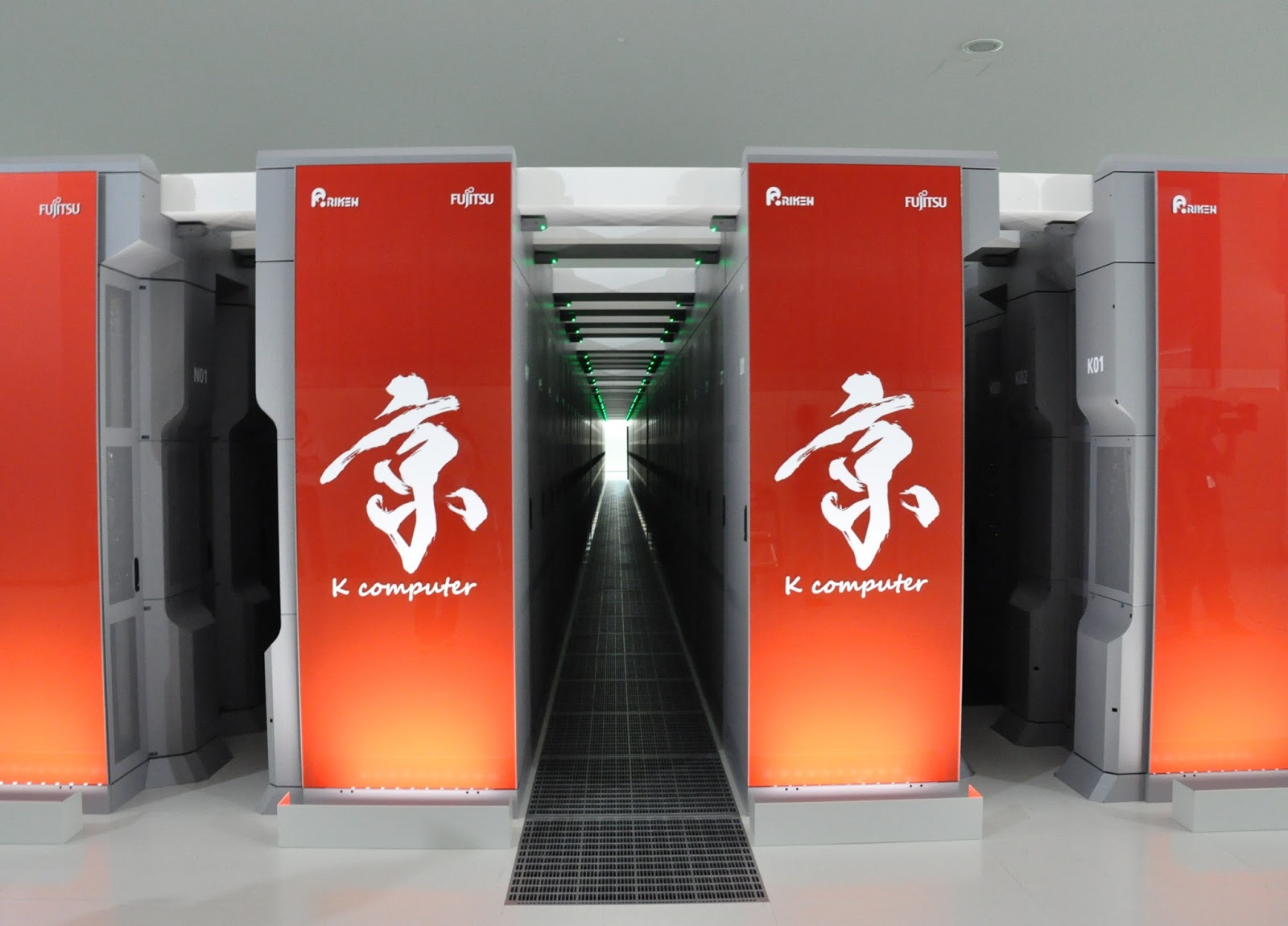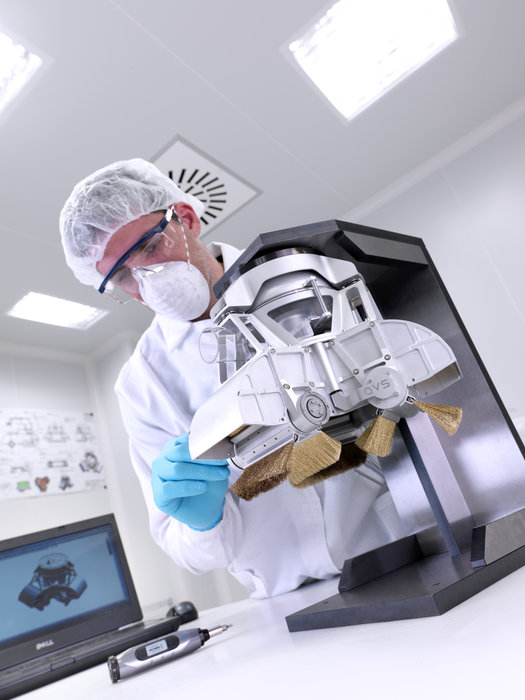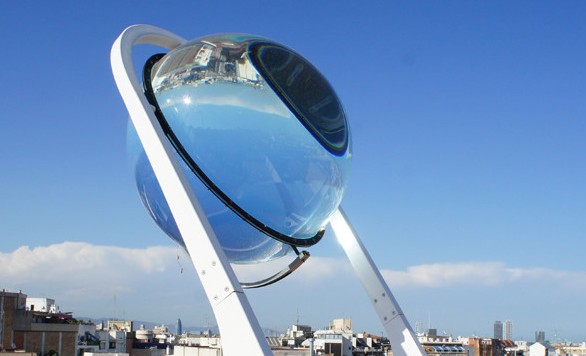Having finished mapping our planet with Google Earth, it’s probably time for some inner exploration. BioDigital, the developer of a virtual anatomy software, plans to bring its product to all browsers, so that we get all the answers we need.
BioDigital’s purpose is quite ambitious. This New York startup plans to bring 3D representations of the human body to every browser (except Opera, as this one doesn’t support WebGL, apparently). FirstMark Capital, along with NYU Venture Fund and a few other benefactors provided the necessary funds for making all this possible. The million users BioDigital’s platform has attracted in the year since its launch determined FirstMark Capital managing director Amish Jani to tell VentureBeat: “That really opened our eyes. This is not just niche tool.” It’s great that people who have funds at their disposal saw the potential of this piece of software.
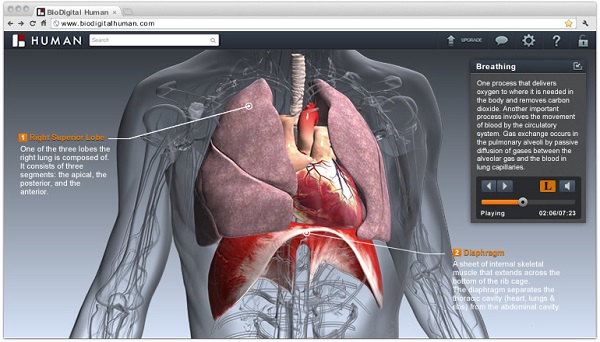
Co-founders Frank Sculli and John Qualter employed HTML5, WebGL, CAD and a few other Web technologies to replace anatomy atlases. BioDigital’s Human is a web platform that permits you to visualize and learn about anatomy objects and health conditions. According to the co-founders, in the year since this platform was launched more than 2,500 students started using this Web-based 3D virtual body to learn anatomy.
Mind you, not only high-school students represent the demographic of BioDigital. The company plans to provide the 3D virtual human body to health care providers, hospitals and clinics. The platform can be used to some extent by doctors, themselves, or it could help health care providers explain the details of a particular illness to patients who suffer from it.
Sculli explained that their virtual anatomy Web tool represents only a basis that can be furthermore expanded. It will be provided to developers as an API that can be built upon. As Sculli stated, “People are already approaching us with imaginative ways they want to work with our models.”
As far as I’m concerned, this is yet another important step in the right direction. Helping medical students better understand the mechanisms of health conditions will help them act faster to provide a proper treatment. At the moment, BioDigital’s platform does not feature all the diseases that can affect the human body, but it’s still more than a generic tool. This important investment will help developers improve the platform even more, so that others can develop specialized tools based on it.
If you liked this post, please check these 32 amazing anatomy designs for geeks and the human body in HTML code.

